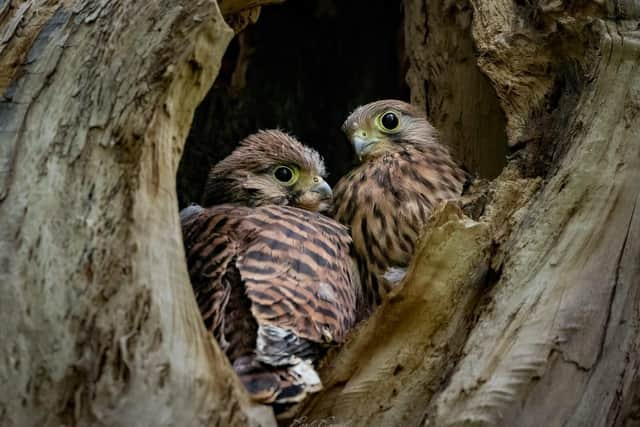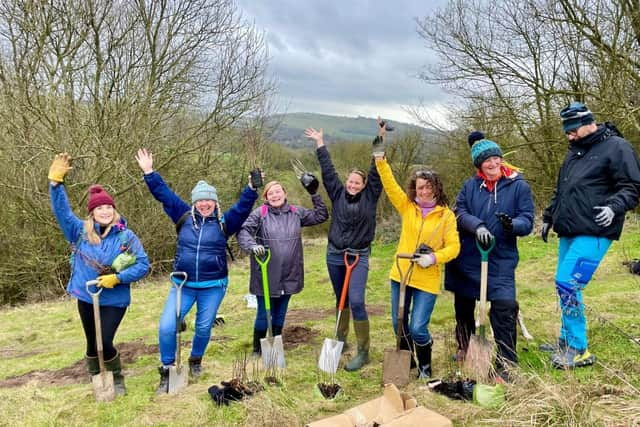Calls for greater support for wildlife are welcomed by South Downs National Park
and live on Freeview channel 276
Tim Slaney, Interim Chief Executive of the South Downs National Park Authority, said: "Nature is in crisis and National Parks need to be at the heart of raising our national ambitions and delivering a future where nature is thriving rather than simply surviving.
“We welcome the spotlight on nature from the Campaign for National Parks’ health check report on nature recovery. The report identifies some of the serious challenges facing National Parks across England and Wales as we look to deliver thriving, nature-rich landscapes – lack of enough, consistent and long-term funding, and lack of power over how land is managed.
Advertisement
Hide AdAdvertisement
Hide Ad“That is why we and other National Parks developed Wildlife Delivery Plans and in 2021, we launched our ambitious South Downs ReNature Campaign – 33% by 2030 – in partnership with the South Downs National Park Trust. The initiative aims to create 13,000 hectares of new habitat and ensure the remaining 67% of the National Park is nature-friendly through improving existing habitats across farms, woods, rivers, towns and villages.”


Since launching its ReNature Campaign, the South Downs National Park Authority and Trust have:
- helped to create over 400 hectares of new wildlife habitat (almost 640 football pitches) to help nature flourish.
- 4,312 hectares of existing habitat has been improved for nature – an area bigger than the city of Portsmouth.
- created or restored 14 ponds which provide crucial habitat for so many of our species.
In addition:
- In the last five years over 60,000 trees have been planted across 114 different sites across the National Park as part of the Trees for the Downs initiative.
- More than 66 hectares (106 football pitches) of wildflower habitat has been created for pollinators, such as bees and butterflies, through the Bee Lines project.


- The Heathland Reunited project has successfully conserved and enhanced 23,825 hectares of rare lowland heath.
Tim Slaney continued: “We know there is still much to be done and we have big plans for the future. We are committed to working in partnership with landowners, local authorities, NGOs, businesses, communities, volunteers and the public to deliver for nature, climate and people and we are currently working on over 368 active nature recovery projects with our partners.
“We must remember that nature doesn’t exist in isolation and neither can its recovery. National Parks must deliver on their dual and intertwined purposes to deliver for nature and people. Access to nature is a crucial part of the goal to cement nature as a cornerstone in everyone’s lives. That is why our ReNature Campaign is all about creating nature everywhere, for everyone. We warmly welcome CNP’s call for a Citizen’s Assembly for each National Park to inform our management plan.
Advertisement
Hide AdAdvertisement
Hide Ad“Now is the time for action and we need everyone to join us in playing their part, no matter how small, in turning the tide for nature.”
The full report by Campaign for National Parks can be read here: www.cnp.org.uk/health-check-report/